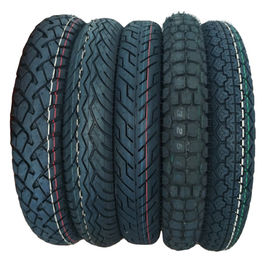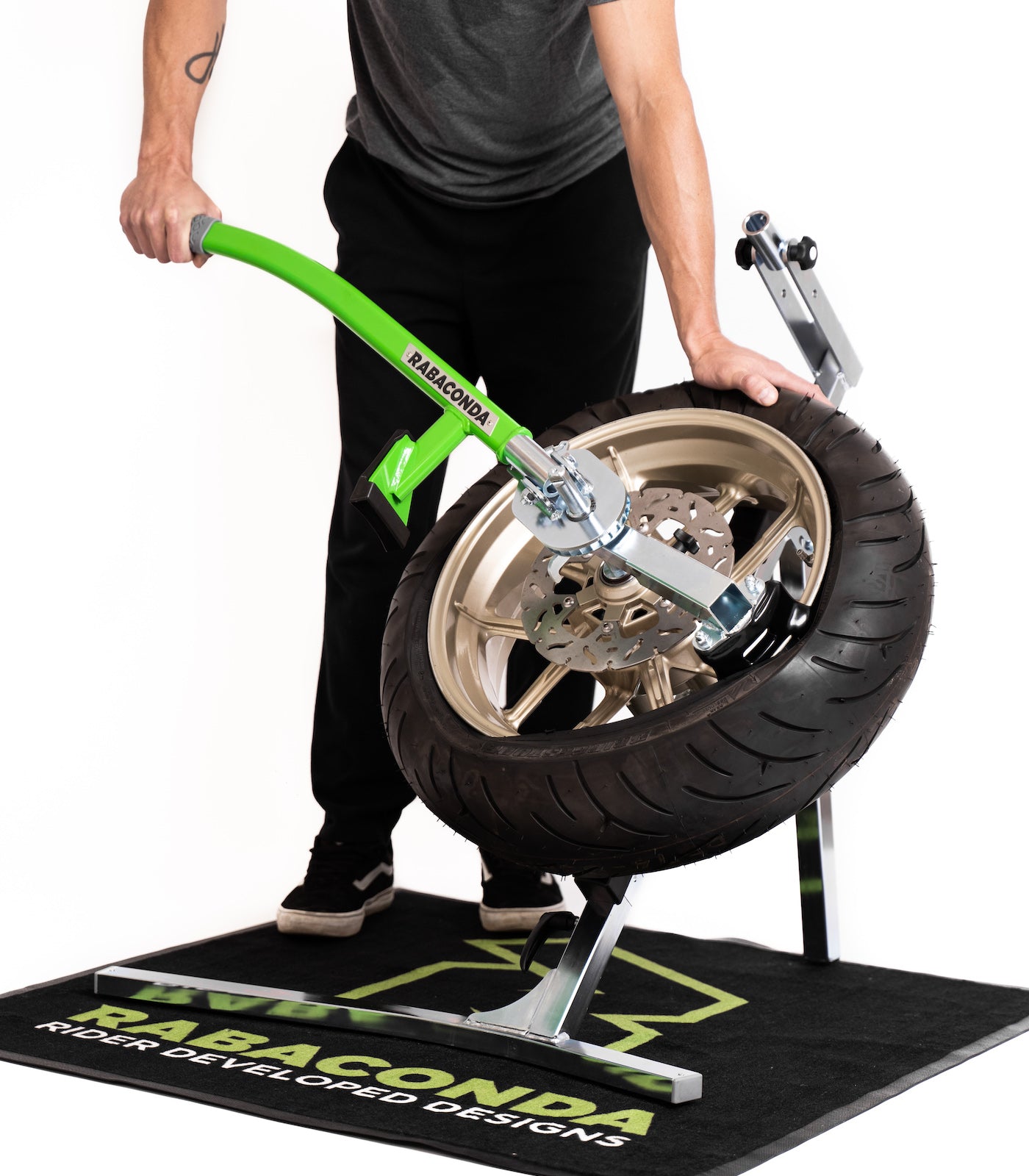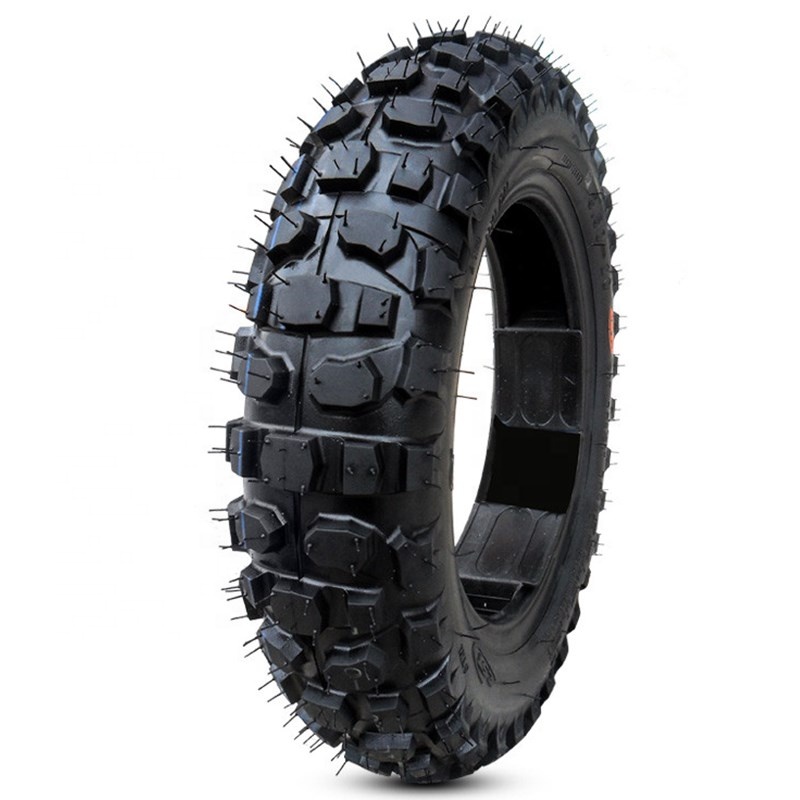Why the motorcycle tyre guide promotes fuel efficiency through proper inflation
Wiki Article
All About the Crucial Bike Tire Overview for Ideal Bike Upkeep and Performance
The Necessary Motorcycle Tyre Overview works as a necessary resource for cyclists looking for to improve their bike's performance and security. motorcycle tyre guide. It gives understandings right into different tyre kinds and specs that affect managing and resilience. In addition, understanding correct upkeep practices can greatly prolong tyre life. Nonetheless, numerous cyclists ignore critical aspects that influence their riding experience. Discovering these facets can lead to informed decisions that eventually enhance both safety and pleasure on the roadComprehending Motorcycle Tire Kind
When picking motorbike tires, comprehending the different types available is important for peak performance and safety. Motorcyclists experience different tyre categories, each developed for certain riding styles and conditions. For example, sport tyres stress grip and responsiveness, making them suitable for high-performance bikes and track use. Exploring tyres, on the various other hand, emphasis on longevity and comfort, perfect for long-distance trips. Off-road tires include hostile step patterns, providing traction on unequal surfaces, while dual-sport tyres offer convenience for cyclists who shift in between off-road and on-road conditions.Additionally, cruiser tires are made for security and a smooth adventure, dealing with the distinct needs of cruisers and touring bikes. Recognizing these categories allows cyclists to pick tires that straighten with their riding practices and ecological conditions, ultimately improving both security and efficiency. Each type plays an important duty in ensuring a superior riding experience customized to the private motorcyclist's demands.Trick Tire Specifications Discussed
Selecting the ideal bike tyres entails greater than simply understanding the different types; it likewise calls for familiarity with key specs that influence performance and safety and security. Key specifications consist of tire dimension, which is usually expressed as a collection of numbers indicating size, element proportion, and rim size. This code is important for guaranteeing compatibility with the motorcycle.Another important specification is the lots index, suggesting the optimum weight a tire can support. The speed rating signifies the maximum rate a tyre can securely take care of, critical for efficiency enthusiasts.Additionally, walk pattern and rubber substance impact grip, security, and use characteristics. Tires with a softer substance often tend to supply better hold yet wear much faster, while tougher substances last longer yet might compromise traction. Understanding these specs permits bikers to make enlightened decisions, enhancing both their safety and riding experience.Exactly how to Select the Right Tyres for Your Bike
How can a rider guarantee they select the right tires for their motorbike? Picking the ideal tyres entails understanding the particular demands based upon riding surface, weather condition, and style conditions. Cyclists must initially speak with the motorcycle's handbook to determine advised tyre sizes and specifications.Next, they must assess the sort of riding they prepare to do-- whether it's commuting, visiting, or off-road. Each group has distinctive tyre layouts tailored for optimal performance.Additionally, riders ought to evaluate step patterns; deeper footsteps provide better grasp in wet conditions, while shallower footsteps enhance stability on completely dry surfaces.Lastly, it is important to examine the tire's building and construction and material, as these aspects influence durability and handling (motorcycle tyre guide). By reviewing these components meticulously, a rider can confidently select tyres that boost safety and security, performance, and total riding experience
The Importance of Tyre Pressure and Maintenance
Tire pressure is a substantial element of motorcycle upkeep that directly influences security and efficiency. Maintaining the correct tire pressure warranties ideal call with the roadway, enhancing grip and stability throughout adventures. Under-inflated tires can result in raised rolling resistance, leading to poor gas performance and unnecessary wear on the tyres. Conversely, over-inflated tires may create an extreme ride and reduce traction, particularly in damp conditions.Regularly checking tyre stress, preferably before each ride, is essential to maintaining the motorbike's overall performance. Bikers must refer to the maker's requirements for the advised pressure degrees. Furthermore, checking tyre condition and readjusting stress according to load and riding conditions is vital for safety. Proper tyre maintenance contributes to prolonged tire life-span, much better handling, and improved stopping performance. Eventually, constant focus to tyre stress and upkeep is critical for guaranteeing a delightful and secure riding experience.
Recognizing Indications of Tire Put On and Damage
Acknowledging indications of tire wear and damage is essential for maintaining motorbike safety and security and efficiency. Key indications consist of assessing walk depth and performing a detailed visual inspection for any type of visible damage. Attending to these variables immediately can prevent additional complications when driving.Walk Deepness Evaluation
As bikers take to the roadways, the relevance of assessing tread depth can not be overstated, given that worn or harmed tires can significantly influence safety and security and performance. Walk depth directly affects grip, braking range, and cornering security. To examine walk depth, bikers should make use of a step depth scale, measuring the grooves at different factors across the tyre. A depth of 2mm or much less shows substantial wear and requires instant substitute. Furthermore, bikers can utilize the "dime examination" by putting a coin into the walk; if the top of Lincoln's head is noticeable, the tire is also worn. Regular checks guarantee peak grasp on varied roadway conditions, advertising a safer riding experience while improving the total handling of the bike.Visual Damage Evaluation
Examining bike tires for aesthetic damage is necessary for preserving safety when traveling. Riders must regularly examine tyres for indications of wear such as cracks, bulges, or slits. Irregular wear patterns may suggest alignment problems or improper inflation, bring about jeopardized performance. Additionally, inspecting for foreign objects embedded in the walk can prevent possible blowouts. Bikers ought to pay attention to the sidewalls, as any kind of cuts or abrasions can compromise the tyre's framework. Making certain that the step is without extreme wear is essential for suitable grasp. Normal visual evaluations not just enhance security yet additionally prolong the life of the tyres, making sure a smoother and extra reputable riding experience. Timely discovery of damages can prevent expensive repairs and mishaps.Seasonal Tyre Considerations for Various Riding Conditions
When considering bike tires, seasonal conditions play a vital duty in performance. In wet climate, tyres developed for enhanced hold and water displacement become essential for security. Additionally, winter riding needs certain tire characteristics to ensure peak traction on chilly, potentially icy surfaces.
Wet Weather Condition Efficiency
Damp weather present special challenges for motorcyclists, making the option of tires critical for safety and security and efficiency. Tires designed for damp climate typically feature much deeper footsteps and specialized rubber compounds wikipedia reference that improve hold on unsafe surfaces. These tires are crafted to carry water away, decreasing the threat of aquaplaning and boosting stability during rain. Cyclists ought to consider tyres with a balanced design, supplying both grip and longevity in wet conditions. Additionally, keeping appropriate tire stress is important, as under-inflated tyres can jeopardize efficiency. Regular evaluations for wear and damage are essential to guarantee peak feature when confronted with rain-soaked roads. Picking suitable wet-weather tyres inevitably adds to a much safer and much more delightful riding experience.Winter Tyre Demands
Riding in winter problems poses distinctive difficulties that require certain tyre demands to guarantee safety and security and efficiency. Winter motorbike tires are developed with deeper footsteps and softer rubber substances, offering improved grasp on unsafe and cool surfaces. This is vital for keeping grip on ice, snow, and wet roads. In addition, wintertime tyres often include an unique step pattern that aids network water away, reducing the danger of aquaplaning. Cyclists need to likewise take into consideration the tire's temperature level strength, as performance can reduce in extreme cold. It is essential to frequently examine tyre pressure, as it can drop substantially in reduced temperature levels. By picking the appropriate winter season tires, motorcyclists can navigate extreme problems with greater self-confidence and stability, making sure a much safer riding experience.Tips for Appropriate Tyre Storage and Long Life
Appropriate tyre storage space is important for keeping their durability and efficiency gradually, as disregarding this facet can result in early deterioration. To ensure optimal storage, it is necessary to maintain tires in a great, completely dry setting away from direct sunlight and resources of warmth, such as radiators or heaters. Excessive warmth can create rubber substances to break down, jeopardizing the tyre's integrity.Additionally, tyres need to be kept upright or stacked flat, depending upon their type. It is suggested to revolve them periodically to prevent level areas if stacked. Proper inflation is additionally crucial; tires ought to be pumped up to the maker's recommended stress to avoid deformation.Lastly, it is useful to cover tyres with a safety material to protect them from dirt and contaminants. Complying with these tips will aid extend the life of motorcycle tyres, guaranteeing they stay reliable and safe for use when the riding season resumes.Regularly Asked Questions
Just how Usually Should I Replace My Bike Tyres?

Can I Mix Different Tyre Brands on My Motorbike?
Blending different tire brands on a motorbike is typically not advised. Variants in walk patterns, rubber substances, and efficiency Visit Website characteristics can lead to unforeseeable handling and compromised safety, potentially enhancing the risk of accidents.What Is the Life expectancy of a Bike Tyre?
The lifespan of a motorbike tyre typically ranges from 5,000 to 15,000 miles, influenced by factors such as riding surface, tire, and style maintenance. Normal inspections can assist ensure peak performance and safety and security throughout their usage.How Do I Take Care Of Old Motorcycle Tyres?
When disposing of old bike tires, they need to be taken to assigned recycling. Several regional waste management services likewise provide tire disposal programs, guaranteeing environmentally pleasant handling and compliance with local laws regarding tire waste.Are There Any Type Of Tyre Service Warranties Offered for Motorcycles?
Lots of bike tyre suppliers provide guarantees that cover defects in product and workmanship. The specifics vary by brand name and design, so it's essential for bikers to examine private warranty terms before purchasing brand-new tyres. Off-road tyres include hostile tread patterns, giving traction on unequal surfaces, while dual-sport tyres provide adaptability check over here for motorcyclists that change in between off-road and on-road conditions.Additionally, cruiser tyres are created for stability and a smooth experience, catering to the distinct demands of cruisers and visiting bikes. Each group has distinctive tire layouts customized for optimal performance.Additionally, bikers ought to analyze step patterns; much deeper treads offer far better grasp in damp conditions, while shallower footsteps boost security on completely dry surfaces.Lastly, it is vital to take a look at the tire's construction and material, as these elements affect longevity and handling. Correct tyre upkeep adds to prolonged tire life-span, much better handling, and enhanced braking performance. Correct inflation is also vital; tyres must be blown up to the supplier's advised stress to prevent deformation.Lastly, it is advantageous to cover tires with a safety material to protect them from dirt and impurities. The lifespan of a bike tyre commonly ranges from 5,000 to 15,000 miles, affected by variables such as riding terrain, tire, and design maintenance.Report this wiki page